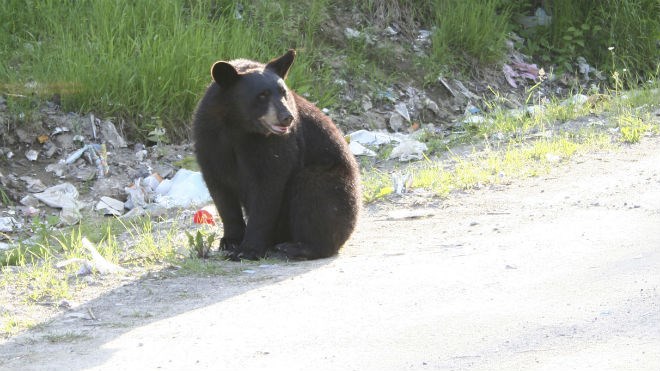Spring is definitely in the air and that means wild animals are on the move, which can be a real problem when they decide to move across a busy road way.
Wildlife collisions can cause serious vehicle damage, personal injury and death.
Data from the OPP shows most of these accidents occur in 8 p.m., midnight, 5 a.m. and 7 a.m. — the hours when wildlife is most active. Avoiding driving or taking extra precautions at these times can go a long way to avoiding an accident.
The OPP has prepared the following list of tips to help you avoid a destructive and potentialy lethal crash. Remember four words to help avoid disaster: watch, steer, brake, stop.
Scan the road ahead from shoulder to shoulder. Slow down and pass carefully if you spot wildlife. Animals are always unpredictable and may suddenly bolt unto the road.
Slow down when traveling through areas with yellow wildlife warning signs, as these indicate areas of increased risk.
Use high beams at night where possible and watch for glowing eyes.
Watch your speed and take extra precautions when driving at night.
Never swerve suddenly. This will cause a loss of control and a potential collision with oncoming traffic.
Brake firmly if an animal is standing on or crossing the road. Never assume it will get out of your way.
Stop as safely as possible when an animal is crossing the road. If one passes, others might follow.
If all precautions fail and a collision is imminent, remember to remain calm and stay in control. Swerving is likely to cause a more serious accident.
Join Sudbury.com+
- Messages
- Post a Listing
- Your Listings
- Your Profile
- Your Subscriptions
- Your Likes
- Your Business
- Support Local News
- Payment History
Sudbury.com+ members
Already a +member?
Not a +member?
Sign up for a Sudbury.com+ account for instant access to upcoming contests, local offers, auctions and so much more.



